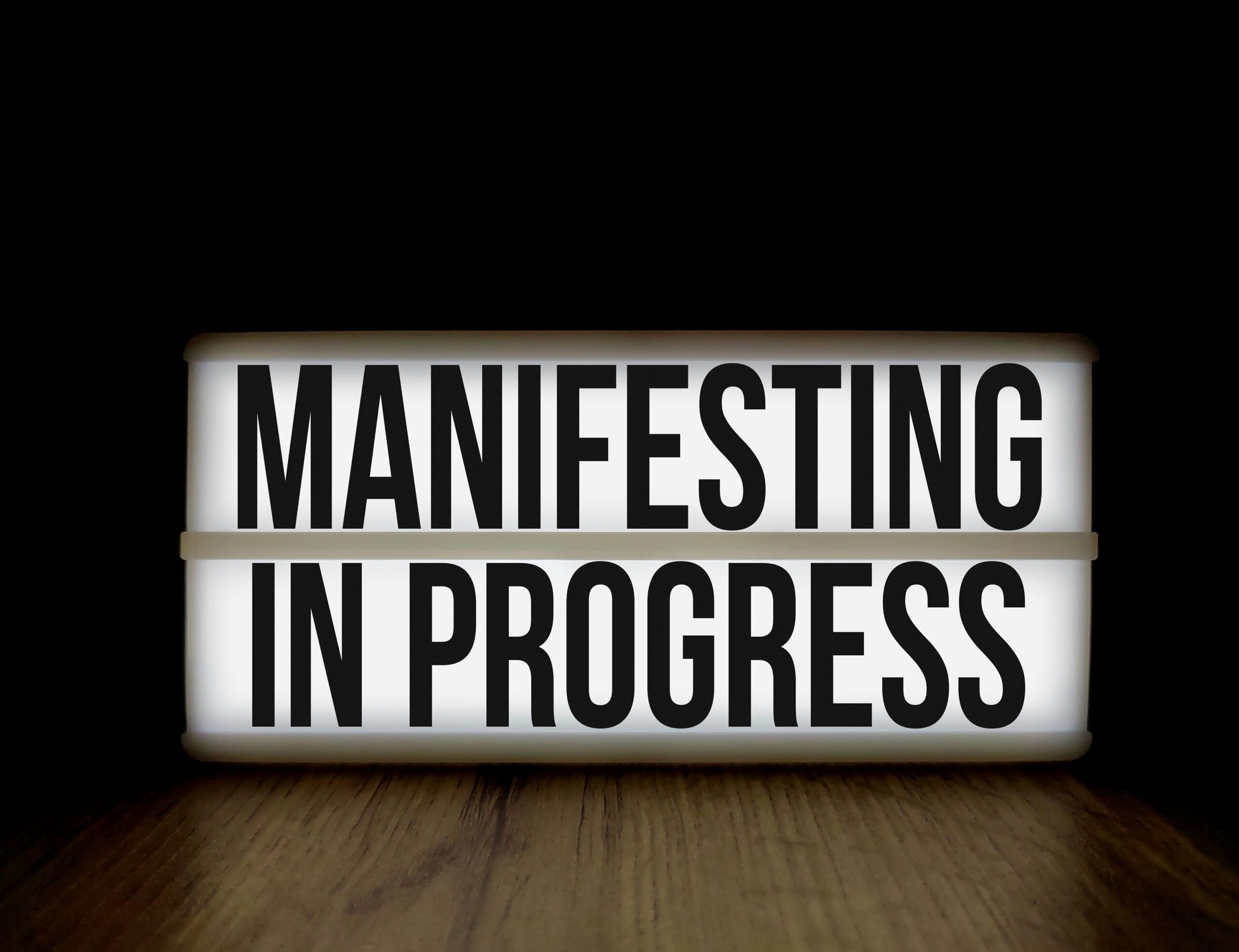Success isn’t built overnight—it’s constructed through small, intentional actions repeated consistently. When you master the art of stacking habits, you create a powerful framework for exponential growth.
🎯 The Foundation: Understanding Habit Stacking
Habit stacking represents one of the most effective strategies for building sustainable routines that drive long-term success. This approach involves anchoring new behaviors to existing habits, creating a chain reaction of positive actions throughout your day. Rather than relying solely on motivation or willpower, habit stacking leverages the neural pathways already established in your brain.
The concept, popularized by behavioral psychology research, works on a simple premise: your current habits are already encoded in your brain as automatic behaviors. By linking new habits to these established patterns, you reduce the friction typically associated with behavior change. This connection makes it significantly easier to maintain consistency, which is the cornerstone of any meaningful transformation.
When you stack habits effectively, you’re not just adding isolated behaviors to your routine—you’re building an interconnected system where each action naturally leads to the next. This creates momentum that compounds over time, similar to how financial investments grow through compound interest. The results may seem modest initially, but the exponential growth becomes undeniable with sustained effort.
🧠 The Science Behind Compounding Behavioral Change
Understanding the neurological mechanisms that make habit stacking effective helps you design more powerful routines. Your brain constantly seeks efficiency, creating automated responses to repeated situations. This neuroplasticity allows you to reshape your behavioral patterns deliberately.
Research in cognitive psychology demonstrates that habits form through a three-step loop: cue, routine, and reward. When you stack habits, you essentially use the completion of one routine as the cue for the next behavior. This seamless transition minimizes decision fatigue and reduces the cognitive load required to maintain multiple new habits simultaneously.
The compounding effect occurs because small improvements multiply rather than add. A one percent improvement daily doesn’t seem significant, but over a year, it results in being 37 times better than when you started. This mathematical reality applies equally to habit formation—each small behavior reinforces neural pathways, making subsequent actions easier and more automatic.
The Habit Stacking Formula
The basic formula for habit stacking follows this structure: “After [CURRENT HABIT], I will [NEW HABIT].” This simple framework provides clarity and removes ambiguity about when to perform your new behavior. Specificity is crucial—vague intentions rarely translate into consistent action.
For example, instead of saying “I’ll meditate more,” a stacked habit would be: “After I pour my morning coffee, I will meditate for two minutes.” The existing habit (pouring coffee) becomes the trigger for your new behavior (meditation), creating a reliable chain of actions.
🔗 Building Your Personal Habit Stack
Creating an effective habit stack requires strategic thinking about your existing routines and desired outcomes. Start by mapping your current daily habits—the behaviors you perform automatically without conscious thought. These anchors will serve as the foundation for your new behaviors.
Begin with your morning routine, as this period often sets the tone for your entire day. Identify the first thing you do after waking up. Perhaps you immediately check your phone, use the bathroom, or start your coffee maker. Each of these actions can serve as an anchor point for a new habit.
The key to successful stacking lies in choosing habits that align naturally with your existing routine. Don’t force behaviors that feel completely disconnected from your current lifestyle. Instead, look for logical progressions that flow seamlessly from one action to the next.
Strategic Sequencing for Maximum Impact
The order in which you stack habits matters significantly. Place habits requiring the most willpower or focus earlier in your sequence, when your mental energy is highest. Reserve easier, more enjoyable habits for later in the stack, creating positive momentum that carries you through the entire routine.
Consider the duration of each habit within your stack. When starting, keep individual behaviors brief—two to five minutes maximum. This approach minimizes resistance and makes completion feel achievable. As these micro-habits become automatic, you can gradually extend their duration or complexity.
💪 Practical Habit Stacks for Different Life Areas
Applying habit stacking across various domains of your life creates comprehensive growth. Here are proven stacks for common improvement areas that deliver compounding results over time.
Morning Energy Stack
Building an energizing morning routine sets a powerful precedent for the rest of your day. After you turn off your alarm, you might immediately make your bed, creating a small win that generates momentum. Following this, you could drink a full glass of water to rehydrate after sleep. Next, perform two minutes of stretching or light movement to activate your body. Finally, spend three minutes reviewing your top priorities for the day.
This sequence takes approximately ten minutes total but establishes discipline, physical activation, hydration, and mental clarity—four cornerstone elements of productive days. Each action reinforces the next, creating a chain reaction of positive energy.
Professional Growth Stack
Career advancement requires consistent skill development and learning. After you open your work computer each morning, spend five minutes reviewing your professional development goals. Following this reflection, dedicate fifteen minutes to learning—reading industry articles, taking an online course module, or practicing a relevant skill.
After your lunch break, when you return to your desk, spend three minutes organizing your workspace and task list. Before closing your computer at day’s end, document one lesson learned or insight gained. This stack ensures daily progress toward professional mastery while maintaining organization and reflective practice.
Health and Fitness Stack
Physical well-being provides the energy foundation for all other pursuits. After you change into workout clothes, do five minutes of dynamic stretching. Following your stretching, complete your planned exercise routine. After exercising, while your motivation is high, prepare a nutritious meal or healthy snack. While eating, review your nutrition goals for the day.
This stack links preparation, movement, recovery nutrition, and mindful eating into one cohesive system. Each element supports the others, making health maintenance feel integrated rather than fragmented across your schedule.
⚡ Overcoming Common Habit Stacking Obstacles
Despite the elegance of habit stacking, several challenges commonly derail implementation. Recognizing these obstacles in advance allows you to design countermeasures that protect your consistency.
The first major pitfall involves stacking too many habits too quickly. Enthusiasm often leads people to create elaborate chains of ten or more new behaviors. This approach overwhelms your capacity for change and typically results in abandoning the entire stack. Instead, start with just two to three new habits attached to existing anchors. Master this foundation before expanding.
Another common issue occurs when your anchor habit isn’t actually consistent. If you try to stack a new behavior onto something you only do occasionally, the new habit will never establish reliability. Ensure your anchor habits are truly automatic and performed daily before building upon them.
Adapting to Disruptions
Life inevitably disrupts even the most carefully designed routines. Travel, illness, schedule changes, and unexpected events will interrupt your habit stacks. Rather than viewing these disruptions as failures, treat them as opportunities to build resilience into your system.
Create scaled-down versions of your habit stacks for challenging circumstances. If your full morning routine takes thirty minutes, design a compressed five-minute version for rushed days. This flexibility prevents all-or-nothing thinking that often leads to complete abandonment during difficult periods.
When you miss a habit stack, implement the two-day rule: never miss twice in a row. Missing once is an exception; missing twice becomes the start of a new pattern. This guideline maintains momentum even when perfect consistency proves impossible.
📊 Tracking Progress and Measuring Compounding Growth
Visibility accelerates improvement. When you track your habit stacks, you create accountability and generate data that reveals patterns, progress, and opportunities for optimization.
Simple tracking methods often prove most sustainable. A basic checklist or calendar where you mark completed habit stacks provides immediate feedback and visual motivation. Watching a chain of completed days grow longer activates your desire to maintain the streak.
Beyond simple completion tracking, periodically assess the qualitative impact of your stacked habits. Every thirty days, reflect on how your routine has influenced your energy levels, productivity, relationships, or other relevant metrics. This reflection connects daily actions to meaningful outcomes, reinforcing the value of consistency.
Recognizing the Compounding Effect
The true power of habit stacking often remains invisible during the early stages. You might not notice dramatic changes in the first weeks, leading to doubt about whether your efforts matter. Understanding the compound growth curve helps you persist through this plateau period.
Imagine your results as a hockey stick graph. The initial weeks show minimal visible progress—the flat part of the stick. However, consistent action builds potential energy during this phase. Eventually, you reach an inflection point where accumulated small improvements suddenly produce noticeable results—the sharp upward curve. Most people abandon their habits during the flat phase, never reaching the explosive growth period.
Documenting small wins helps you recognize progress before it becomes obvious. Note subtle improvements: slightly more energy, marginally better focus, incrementally healthier choices. These micro-victories prove your system is working even when transformational results aren’t yet apparent.
🚀 Advanced Strategies for Maximizing Habit Stack Effectiveness
Once you’ve established basic habit stacking proficiency, advanced techniques can amplify your results and accelerate your compounding growth trajectory.
Implementation intentions represent one powerful upgrade. Rather than simply stacking habits, add specific “if-then” plans for obstacles. For example: “If I’m running late in the morning, then I’ll complete my abbreviated three-minute version of my stack.” This pre-planning removes decision-making during moments of resistance, protecting your consistency.
Environment design also dramatically influences habit stack success. Arrange your physical space to support your desired behaviors while eliminating friction. If your morning stack includes reading, place your book next to your coffee maker. If evening stretching is part of your routine, keep your yoga mat already rolled out in your designated spot. These seemingly minor adjustments significantly impact follow-through.
Social Reinforcement and Accountability
Sharing your habit stacking commitment with others creates external accountability that strengthens internal motivation. Find an accountability partner pursuing similar growth, and share daily check-ins about your completed habit stacks.
Consider joining communities focused on habit formation and personal development. These groups provide encouragement during challenging periods and celebrate your progress milestones. The social element transforms solitary discipline into a shared journey, making the process more enjoyable and sustainable.
🌟 Creating Identity-Based Habit Stacks
The most powerful habit stacks align with your desired identity rather than focusing solely on outcomes. Instead of building habits around what you want to achieve, design them around who you want to become.
Someone who wants to lose weight might focus on outcome-based habits: exercising daily, counting calories, avoiding certain foods. While potentially effective, this approach remains externally motivated. Alternatively, an identity-based approach focuses on becoming “a healthy person” or “an athlete.” The habits stack around reinforcing this identity: “Healthy people drink water first thing in the morning. Athletes prioritize quality sleep. I am a healthy person, so after I wake up, I drink water.”
This subtle shift creates profound differences in sustainability. Outcome-based habits often fade once goals are achieved or when progress stalls. Identity-based habits persist because they’re connected to self-concept rather than external metrics. Each time you complete your habit stack, you cast a vote for the type of person you want to become.
🎯 Sustaining Long-Term Momentum Through Evolution
Your habit stacks shouldn’t remain static indefinitely. As your life circumstances change and previous habits become fully automatic, evolving your stacks maintains engagement and continues driving growth.
Periodically audit your existing habit stacks—quarterly reviews work well for most people. Ask yourself which habits have become completely automatic, requiring virtually no conscious effort. These established behaviors can now support additional stacked habits, expanding your capacity for positive change.
Simultaneously identify habits that no longer serve your current priorities or circumstances. Don’t maintain behaviors out of obligation if they’ve outlived their usefulness. Replace outdated habits with new behaviors aligned with your evolving goals and values.
This dynamic approach to habit stacking prevents stagnation and boredom while ensuring your daily routines continue producing meaningful returns on your time investment. The goal isn’t perfection but rather continuous optimization toward the life you’re actively building.

🏆 Transforming Daily Actions into Lifetime Results
The journey of mastering habit stacking never truly ends—it evolves into an ongoing practice of self-refinement and growth. Each small decision, repeated consistently through strategically designed habit stacks, compounds into the person you ultimately become and the life you eventually live.
Remember that extraordinary results emerge from ordinary actions performed consistently over extended periods. Your habit stacks serve as the delivery mechanism for this consistency, making excellence automatic rather than exceptional. The power lies not in any single behavior but in the system you’ve created for continuous improvement.
Start small, remain patient with the process, and trust in the mathematics of compounding growth. Your future self will thank you for the discipline you demonstrate today, as those accumulated small actions crystallize into the lasting success you’re building. The habits you stack today become the life you live tomorrow.
Toni Santos is a personal growth strategist and wealth alignment researcher dedicated to helping people connect mindset, habits, and money with purpose. With a focus on abundance psychology and intentional living, Toni explores how beliefs, behavior, and clarity turn goals into sustainable prosperity. Fascinated by financial psychology and high-performance routines, Toni’s journey bridges coaching, behavioral science, and practical frameworks. Each guide he shares is an invitation to design a life by intention—where daily actions align with values, and values align with long-term wealth. Blending mindset work, habit design, and evidence-based strategy, Toni studies how identity shifts, focus systems, and disciplined execution create compounding results. His work champions the idea that true abundance is built from the inside out—through awareness, alignment, and consistent action. His work is a tribute to: An abundance mindset grounded in gratitude, vision, and responsibility Financial psychology that transforms behavior into smart decisions Goal-oriented living powered by clear systems and repeatable habits Whether you’re redefining success, aligning money with meaning, or building habits that last, Toni Santos invites you to grow with intention—one belief, one plan, one aligned step at a time.




